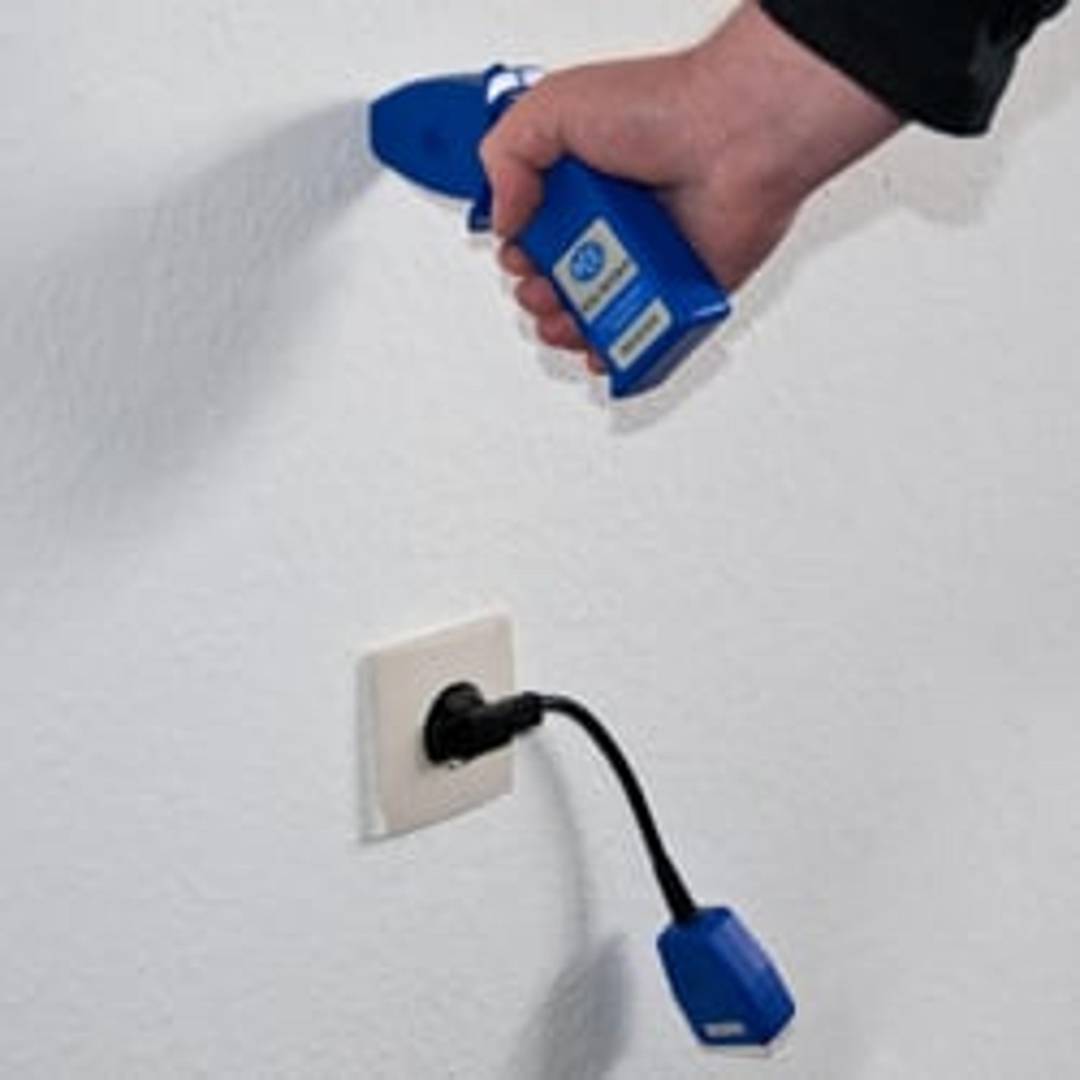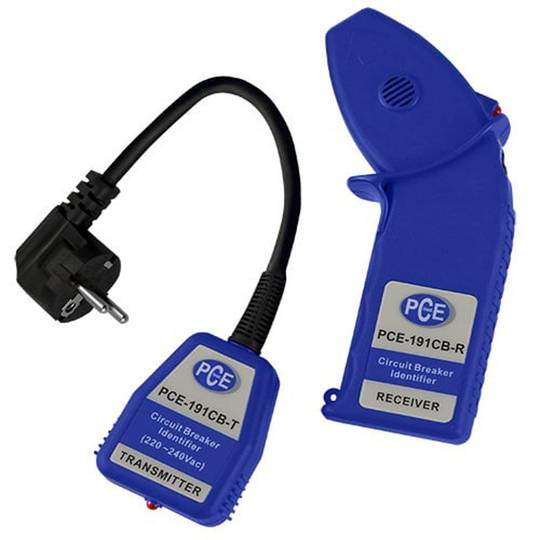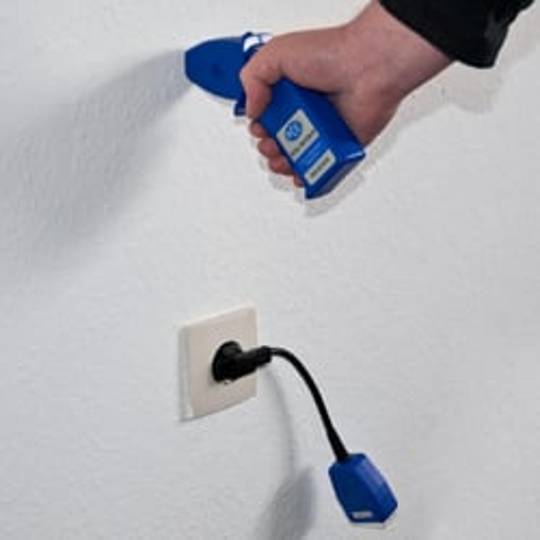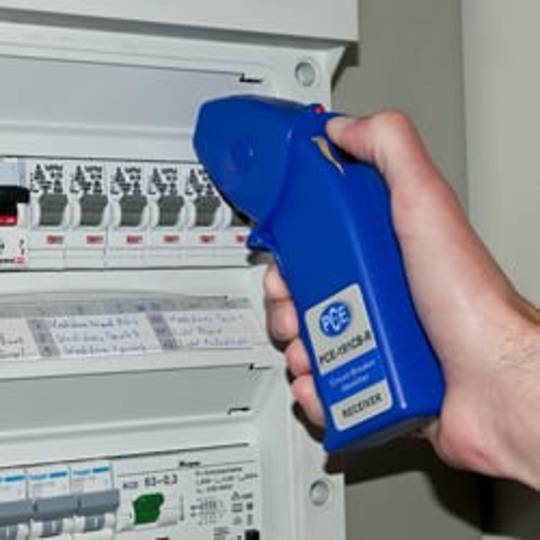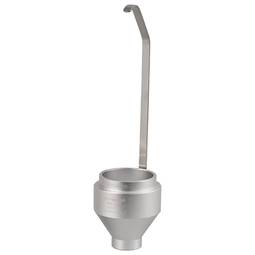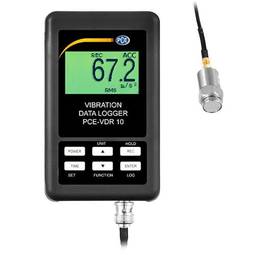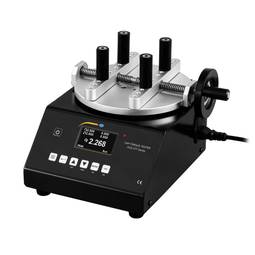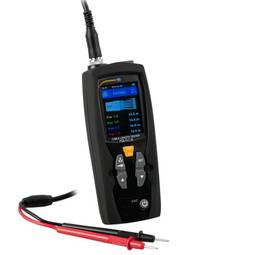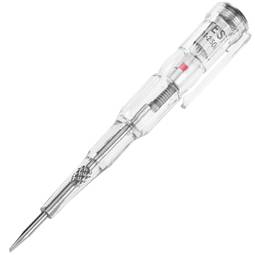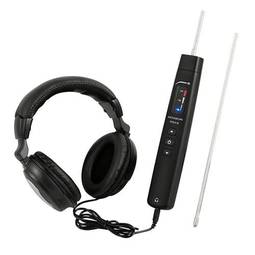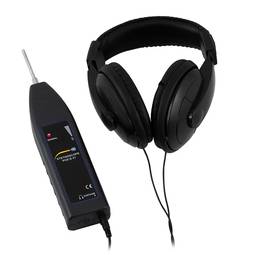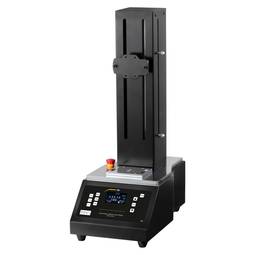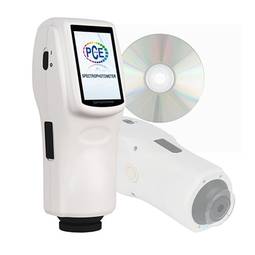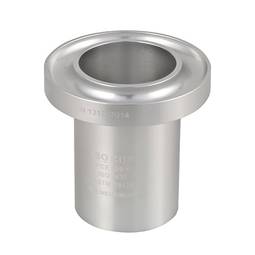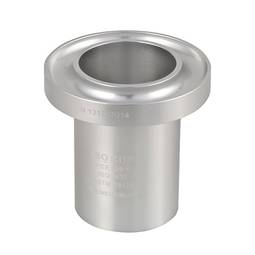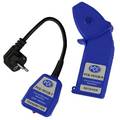12/26/2025 3:28 a.m.
https://cablematic.com/en/products/pce-191-cb-cable-detector-PC161/
https://cablematic.com/en/products/pce-191-cb-cable-detector-PC161/
PCE-191 CB cable detector
REF: PC161
Specifications
- Cable and line detector for locating cables and power lines in walls.
- Composed of transmitter and receiver.
- The transmitter is connected to a live socket (max. 240 V AC) and emits an acoustic signal to the live line, while the receiver follows the signal to the fuse.
- Ideal for drilling holes in walls, nailing nails to hang pictures, and locating undefined fuses in electrical distribution.
- You don't need to slack the lines.
PVP
€80.90
Price including VAT:
€80.90
PVD
€75.32
PVP: Retail price.
Check conditions.
PVP: Sale price to distributors.
Check conditions.
5 business days
The delivery times are approximate and may vary depending on the selected carrier.
warranty
returns
safe
Specifications
- Cable and line detector for locating cables and power lines in walls.
- Composed of transmitter and receiver.
- The transmitter is connected to a live socket (max. 240 V AC) and emits an acoustic signal to the live line, while the receiver follows the signal to the fuse.
- Ideal for drilling holes in walls, nailing nails to hang pictures, and locating undefined fuses in electrical distribution.
- You don't need to slack the lines.
Keywords
Did not find what you were looking for? These topic could help you
More info
The cable and line detector is a useful device for locating electrical cables and lines in walls. It is composed of a transmitter and a receiver. The transmitter is connected to a live socket (up to 240 V AC) to emit an acoustic signal to the live line. The receiver will follow the signal from the wire through the wall to the fuse. If there is a break in the cable, the signal will go out. This makes it an ideal tool if you want to drill holes or nail something into the wall without knowing if there are any cables in the room. It is also useful for locating undefined fuses in electrical distribution. The transmitter is connected to a socket of the corresponding circuit and the receiver searches for the correct fuse in the distribution. This means that there is no need to de-energize the lines during the search. The cable and line detector is a useful tool to ensure that electrical maintenance work is carried out correctly and safely. Manufactured by PCE with reference PCE-191 CB.
Specifications
- Cable and line detector for locating cables and power lines in walls.
- Composed of transmitter and receiver.
- The transmitter is connected to a live socket (max. 240 V AC) and emits an acoustic signal to the live line, while the receiver follows the signal to the fuse.
- Ideal for drilling holes in walls, nailing nails to hang pictures, and locating undefined fuses in electrical distribution.
- You don't need to slack the lines.
- Gross Weight: 860 g
- Number of packages: 1
Technical terms
- Types of fuses
Types of fuses
One of the basic components in most electrical circuits or electrical installations are the fuses, the fuse is a capsule (B) that has metal ferrules (C) on its ends, in which a thin filament of alloy or metal (A) characterized by having a low melting point.
The fuse is placed in a specific point of the installation, and will serve to protect said installation frompossible damage due to electrical overload or voltage.
In their normal state the filaments have continuity at their ends (C, D). This over voltage causes this filament to heat up and break (C.1, C.2), not passing electrical energy and protecting the circuit while minimizing the risk of fire.
We can find all kinds of fuses, according to their amperage, design etc.
Among the most common we can findr:
The fuse is placed in a specific point of the installation, and will serve to protect said installation frompossible damage due to electrical overload or voltage.
In their normal state the filaments have continuity at their ends (C, D). This over voltage causes this filament to heat up and break (C.1, C.2), not passing electrical energy and protecting the circuit while minimizing the risk of fire.
We can find all kinds of fuses, according to their amperage, design etc.
Among the most common we can findr:
- Cylindrical fuse glass material. They are usually used in most household appliances, power supplies, etc.
- Fuses for Blade vehicles. They are the fuses that protect the electrical installation of the vehicle, usually they are of the same type and design in most vehicles, according to their amperage they have a specific color.
- Brown = 5 A
- Red = 10 A
- Blue = 15 A
- Yellow= 20 A
- Colorless = 25 A
- Green = 30 A
- Fuses for mini vehicles: It is the same as the previous one but of a smaller size.
- Fuses for Maxi vehicles: It is the same as the previous one but of a larger size.
- Midi Fuses
- Mega Fuses
- Reed fuses
- High voltage or industrial fuses




